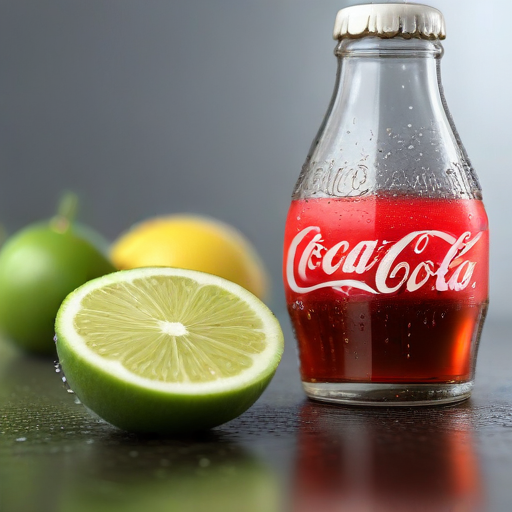In the United States, weight loss medications and non-alcoholic alternatives appear to be influencing consumer behavior, leading some to postpone their soda purchases. Despite these shifts in consumer preferences, Coca-Cola reported a successful second-quarter earnings statement on Tuesday, bolstered by robust global demand for its range of beverages. This encouraging performance has prompted the company to revise its full-year earnings expectations upward.
Coca-Cola’s CEO, James Quincey, expressed optimism about the company’s second-quarter outcomes, noting the solid growth in both revenue and operational profits amidst a rapidly evolving market landscape. Nonetheless, North America’s soda volume sales experienced a slight decline of 1% during the quarter, primarily attributed to reduced sales in out-of-home venues, which encompass its sparkling and non-sparkling beverages, including water, sports drinks, coffee, and tea.
The company’s statement highlighted that this dip was somewhat mitigated by the success of its Fairlife milk brand, as well as Coca-Cola’s signature soda, which saw substantial retail sales growth, ranking first and second in their respective categories. To counteract the volume decline, Quincey mentioned that Coca-Cola is collaborating with various food chains to integrate its sodas into meal combos. A notable example is the partnership with McDonald’s aimed at enhancing the appeal of the fast-food chain’s $5 meal deal, which includes a soda.
Overall, Coca-Cola’s results exceeded Wall Street expectations. The beverage manufacturer reported second-quarter revenues amounting to $12.4 billion, translating to approximately $0.84 per share, surpassing analysts’ projections of $11.76 billion and $0.81 per share, as reported by FactSet. In light of these results, Coca-Cola has adjusted its forecast for organic revenue growth to a range of 9% to 10%, an increase from the earlier estimate of 8% to 9%.
Similarly, Pepsi has noted challenges in attracting U.S. consumers, who are increasingly leaning towards healthier and weight-conscious options. The trend is further illustrated by a recent Gallup poll indicating that young adults in the U.S. are consuming significantly less alcohol than in previous years. Additionally, Pepsi faced its own challenges during the second quarter, attributing its subdued performance to a series of product recalls.
This data suggests a shifting landscape in consumer preferences towards health-conscious options, presenting opportunities for beverage companies to innovate and adapt to meet changing demands. In this scenario, Coca-Cola’s proactive marketing strategies, including partnerships with restaurants and fast-food chains, could serve as a model for successfully engaging with consumers in an evolving market.
In summary, while the soda market faces headwinds from changing consumer preferences, Coca-Cola demonstrates resilience and adaptability, setting a promising tone for the future as the company seeks to integrate its products into new consumption patterns.
